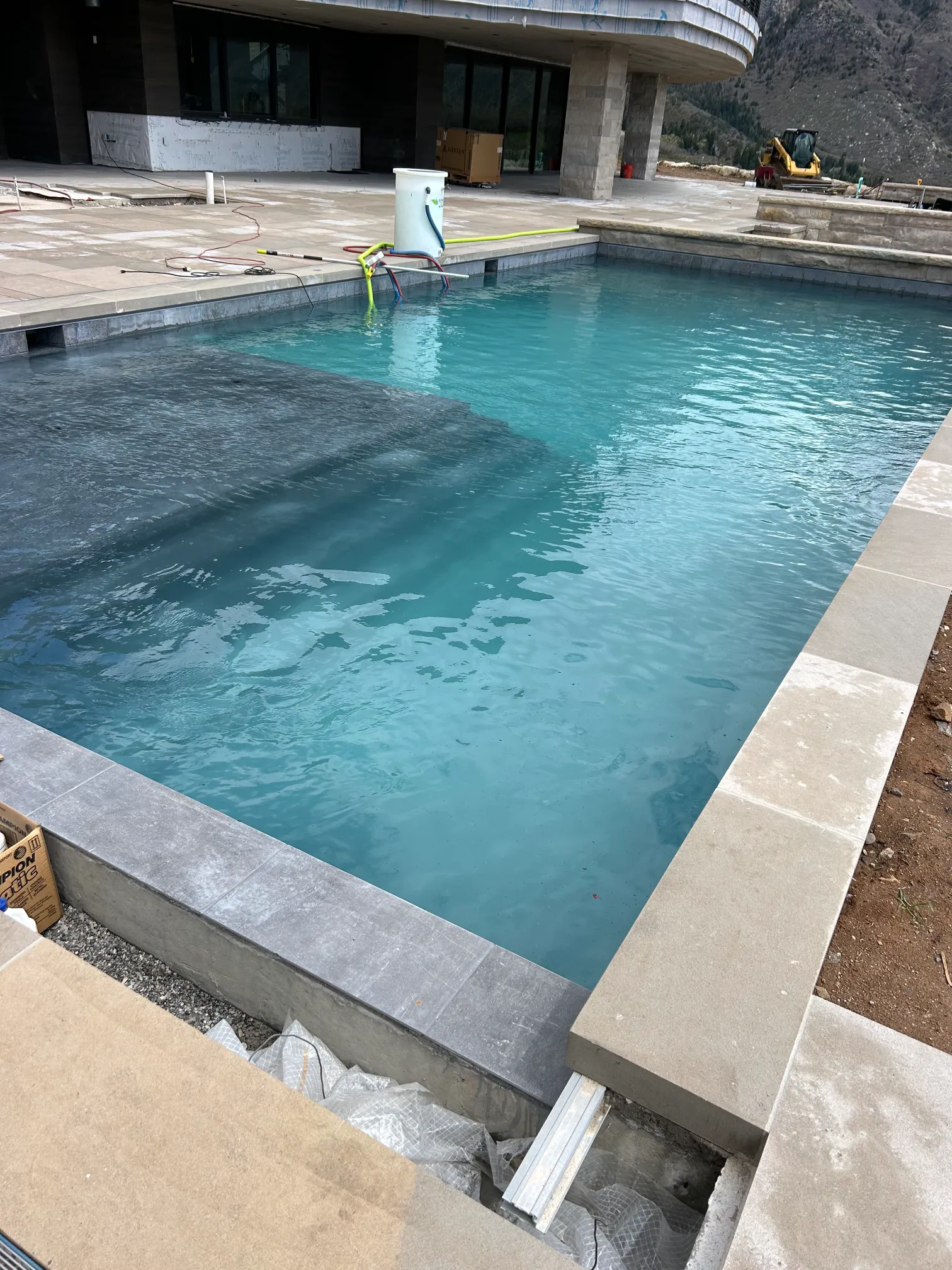A well-maintained swimming pool isn’t just about aesthetics—it directly impacts water quality and the overall swimming experience. Over time, worn-out or damaged plaster can lead to rough surfaces, algae buildup, and water chemistry imbalances. Pool resurfacing plays a crucial role in maintaining a clean, comfortable, and safe swimming environment. Here’s how resurfacing affects water quality and comfort.
The Role of Pool Resurfacing in Water Quality
Pool plaster serves as the protective layer between the pool water and the underlying concrete shell. A smooth, well-applied resurfacing finish helps maintain water clarity, chemical balance, and overall cleanliness.
1. Prevents Algae Growth and Bacterial Buildup
Over time, deteriorating plaster can develop cracks and rough patches where algae and bacteria thrive. These surface imperfections make it harder to scrub away contaminants and can lead to cloudy or unsanitary water. A fresh layer of pool resurfacing provides a non-porous, even surface that minimizes algae growth and makes routine cleaning more effective.
2. Improves Water Chemistry Stability
Worn or porous plaster can absorb chemicals unevenly, leading to fluctuations in pH levels and chlorine effectiveness. This imbalance can:
- Make it difficult to maintain proper water chemistry
- Increase the need for chemicals, leading to higher maintenance costs
- Cause irritation to swimmers’ skin and eyes
New pool resurfacing ensures a smooth surface that allows for consistent chemical distribution, making it easier to keep water balanced and reducing the frequency of chemical adjustments.
3. Reduces Water Loss
Damaged or deteriorated plaster can develop small cracks or porous spots that allow water to seep into the underlying structure. This slow leakage can result in increased water bills and costly repairs. Pool resurfacing seals the surface, preventing water loss and helping homeowners save on refilling and maintenance expenses.
How Pool Resurfacing Enhances Comfort
Beyond water quality, pool resurfacing significantly impacts the comfort and overall swimming experience.
1. Creates a Smooth, Safe Surface
A rough, pitted pool surface can be uncomfortable or even hazardous, leading to scratches and scrapes on swimmers’ feet. A properly resurfaced pool offers:
- A soft, even texture that enhances comfort
- A safer environment, reducing the risk of abrasions
- An inviting, polished look that makes swimming more enjoyable
2. Enhances Water Clarity and Visual Appeal
Pool water clarity isn’t just about chemical balance—surface texture and color also play a role. A fresh resurfacing finish brightens the pool’s appearance, making the water look crystal clear and more inviting. Light-colored plaster can enhance the natural blue hue of the water, while modern aggregate finishes add a touch of luxury.
3. Extends the Lifespan of Your Pool
Routine pool resurfacing not only improves comfort but also preserves the structure of your pool. By preventing cracks, leaks, and surface deterioration, a high-quality resurfacing finish ensures years of hassle-free swimming and reduces the need for costly repairs.
Final Thoughts
Pool resurfacing is essential for maintaining water quality, chemical balance, and overall swimmer comfort. If you’ve noticed rough surfaces, algae buildup, or difficulty maintaining water chemistry, it may be time for a resurfacing update. Contact us now to restore your pool’s beauty, safety, and longevity.

